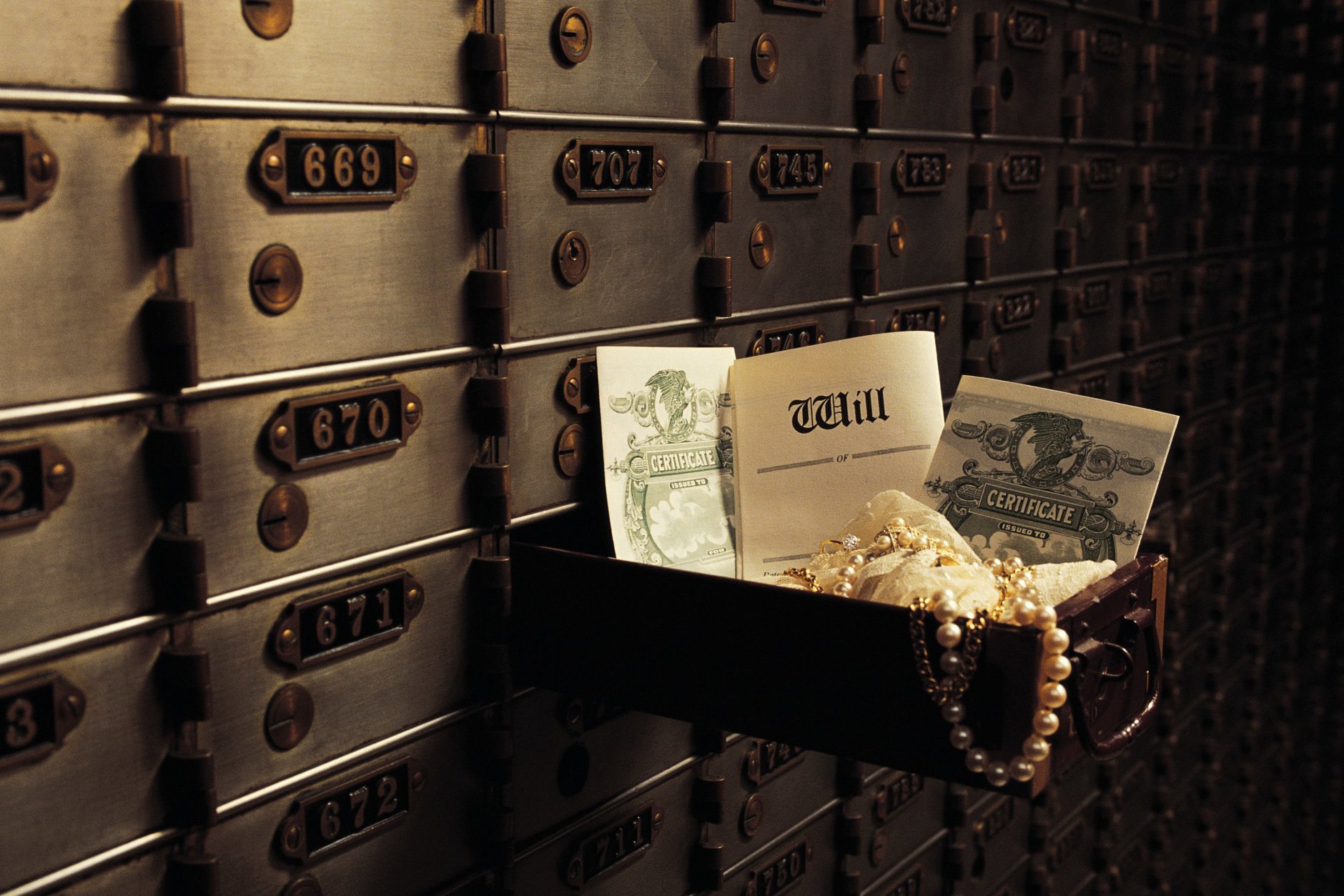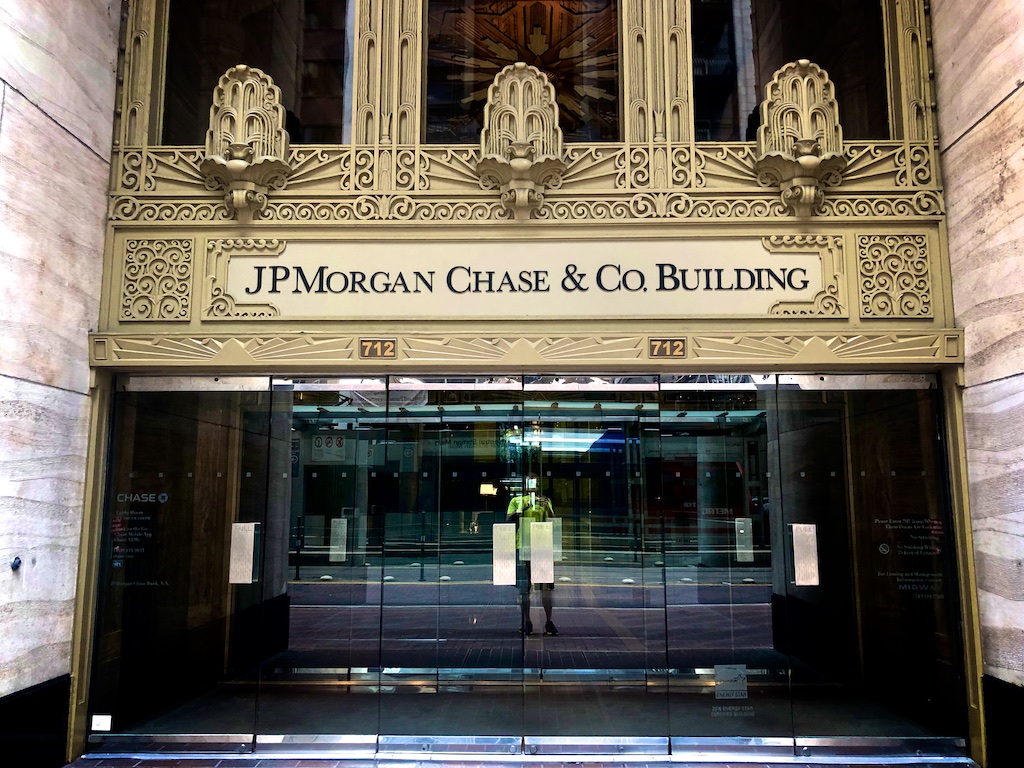Safe Deposit Box Chase
Find 699 listings related to Chase Banks With Safe Deposit Boxes in Houston on YP.com. See reviews, photos, directions, phone numbers and more for Chase Banks With Safe Deposit Boxes locations in. If safe deposit boxes are kept at another branch, find out the nearest location and contact them. You may have to open an account there to arrange automatic yearly fee payments. Step 2: Opening Your Safe Deposit Box. Most banks offer a discount on safe deposit boxes for established customers. So it’s always best if you use your own bank. Find 957 listings related to Chase Banks With Safe Deposit Boxes in Chicago on YP.com. See reviews, photos, directions, phone numbers and more for Chase Banks With Safe Deposit Boxes locations in Chicago, IL.
A safety deposit box, also known as a safe deposit box, is an individually locked box held within a larger vault, usually in a bank. The boxes come in a range of sizes and can be rented on an annual basis. People use them to store valuables, documents and other valuable items they want to be kept safe. Read on for more information on how much they cost, where you can rent one and why you might need one.
Are Safety Deposit Boxes Secure?
Of the banks we surveyed, only Chase and Regions confirmed that their prices for safety deposit boxes were the same at all branches. Each of the other banks noted that prices are determined on a local basis by individual branches. And finally, not every location will have the same safety deposit box services available. Yes, you can lease a Chase safety deposit boxes for an annual fee. You will need to have a Chase bank account (like a checking) or be partnered with someone who does and the fee for the safety deposit box will likely be taken out of that account. If you need to search for Chase bank locations near you can do that here.
In terms of access, safety deposit boxes are very secure. Typically, each comes with two keys needed to open the box: one held by the bank and the other held by you, the box’s owner. When you go into the bank to access a safety deposit box, banks require identification. If someone else needs to access your box, they will need prior authorization from you. For extra security, don’t put any identifying information on your safe deposit box key, like the box number or bank’s name. This way, if you lose your key or someone steals it, no one will know what it belongs to.

Safety deposit boxes are housed in vaults with thick doors and walls, reinforced to keep them safe during hurricanes, tornadoes and other natural disasters. However, no space is entirely safe from natural disasters. You may want to place your items in waterproof containers to prevent water damage.
This might not sound any better than placing items in a safe at your own home. However, a thief can more easily break into your home and home safe than into a bank vault and deposit box. In case of a home robbery, robbers could force you to open your home safe or take the safe and open it by other means. Even if robbers broke into a bank’s vault, they could not open your deposit box without your key.
Storing items in a safe deposit box does offer a safe physical space for your valuables. However, in the event that they are somehow stolen, they may be less protected. Neither the bank nor the FDIC insure the contents of safety deposit boxes. Banks will not reimburse you for theft or damage, either. If you want to insure your items, you’ll need to get that coverage yourself. You can find a property insurance agency, a safety deposit box-specific agency or add a special policy to your homeowners insurance.
What Should You Store in a Safety Deposit Box?
Due to their secure nature, safe deposit boxes are an ideal place to store valuables and important documents. People typically store personal and property files, including original birth certificates, insurance policies, property deeds, car titles and U.S. bonds. You can also store items like gold coins, family heirlooms and photo negatives. Again, you may want to place paper items in waterproof containers for extra protection.
You shouldn’t use a safety deposit box to store passports, revocable living wills and powers of attorney. These are documents that need to be reached without jumping through too many hoops. You also should avoid storing cash in your safe deposit box. Not only is it against the rules of many banks, it’s also safer in an FDIC-insured bank account. Plus, stashing cash in a high-yield savings account can grow your money rather than let it sit idly.
Safe Deposit Box Rental
Do not use safety deposit boxes to store any items you might need quickly, especially in an emergency. You can only access your safety deposit box during the bank’s business hours. If an emergency comes up in the middle of the night and you need something from your safety deposit box, you won’t be able to access it until the morning.
It’s important to remember that no one can get into your safety deposit box unless you have pre-authorized them. Therefore, you may not want to store anything like medical directives or funeral arrangements. In those cases, you may not have time to pre-authorize anyone to access those documents. If you absolutely want to place these documents in a safety deposit box, you may want to authorize a trusted partner to access your safe deposit box in case of an emergency. That can minimize the risk of losing the box’s contents.
How Much Do Safety Deposit Boxes Cost to Rent?
The cost to rent a safety deposit box depends on the size of the box and location of your bank, ranging from about $20 for a small box to $200 for a large one. A small box is typically 3 inches by 5 inches, the size of an index card, and a foot long. Safe deposit boxes come in a range of sizes up from there, with the largest being 10 inches by 10 inches and two feet deep.
Safe Deposit Box Chase Locations Near Me
Prices not only differ between banks but can also vary by bank location. You should call your local bank branch to find out the annual rental costs for their safety deposit boxes. If you have a checking account, it may include a free or discounted box in its perks. If you don’t pay your rent for the box, the bank will seize the contents, so be sure to pay.

The table below has common rent prices for a safety deposit box at six major banks. Again, actual prices and availability will vary by bank and by location.

| Average Safety Deposit Box Prices | |||||
| Box Size (inches): | 3×5 | 5×5 | 3×10 | 5×10 | 10×10 |
| Bank of America | $77 | $104 | – | $152 | $192 |
| Chase | $83 | – | $140 | $220 | $350 |
| Wells Fargo | $60 | – | $55 | $100 | – |
| PNC | $40 | – | – | – | $110 |
| TD Bank | $58 | $90 | $130 | $158 | $275 |
| BB&T | $40 | $50 | $55 | $70 | $115 |
Where Can I Rent a Safety Deposit Box?
The safest place to rent a safety deposit box is a bank where you have an account. Banks specialize in storing money and they typically have dedicated, secured vaults for safety deposit boxes. If you want to rent a safety deposit box, call or visit your local bank branch. Often, there are waiting lists for safety deposit boxes. This means you may not get a box at the same time you go to open one. You may even decide to shop around to find a bank with available space.
If you just need to store copies of important documents and information, you can also try a virtual safety deposit box. Fidelity is one company that offers this service, providing free encrypted storage space to users. This is a convenient way to keep copies of files like birth certificates, passports, property deeds and more. An added benefit is the ability to access the files from any computer in the world, in case of emergency while traveling.
Bottom Line
Safety deposit boxes offer a secure place to store your most valuable items. Banks and their heavily protected vaults are designed to protect its contents safe from theft and natural disasters. However, it’s not ideal for all valuable items, like passports or your will. You’ll still want to keep these items safe, of course, just more accessible than in a safety deposit box. If you’re thinking about opening a safety deposit box with your bank, you should call sooner rather than later since there may be a wait list.
Tips for Safe Banking
- No matter where you bank, your money and information are at risk of being stolen and used by fraudsters. Monitor your checking and savings accounts periodically and check your bank statements carefully to ensure you have authorized each transaction.
- If you’re ever transferring money electronically, you’ll want to make sure you know exactly who you’re sending it to. This is especially true for transactions like wire transfers, where it’s crucial you have all the correct information.
Photo credit: ©iStock.com/simonkr, ©iStock.com/kali9, ©iStock.com/Tashi-Delek